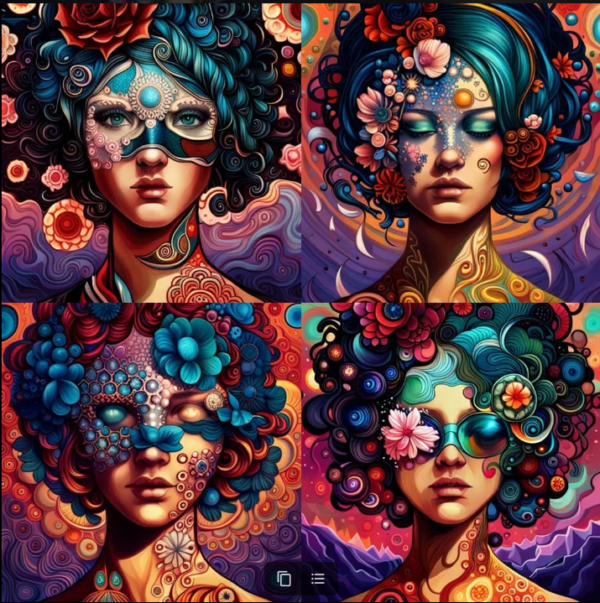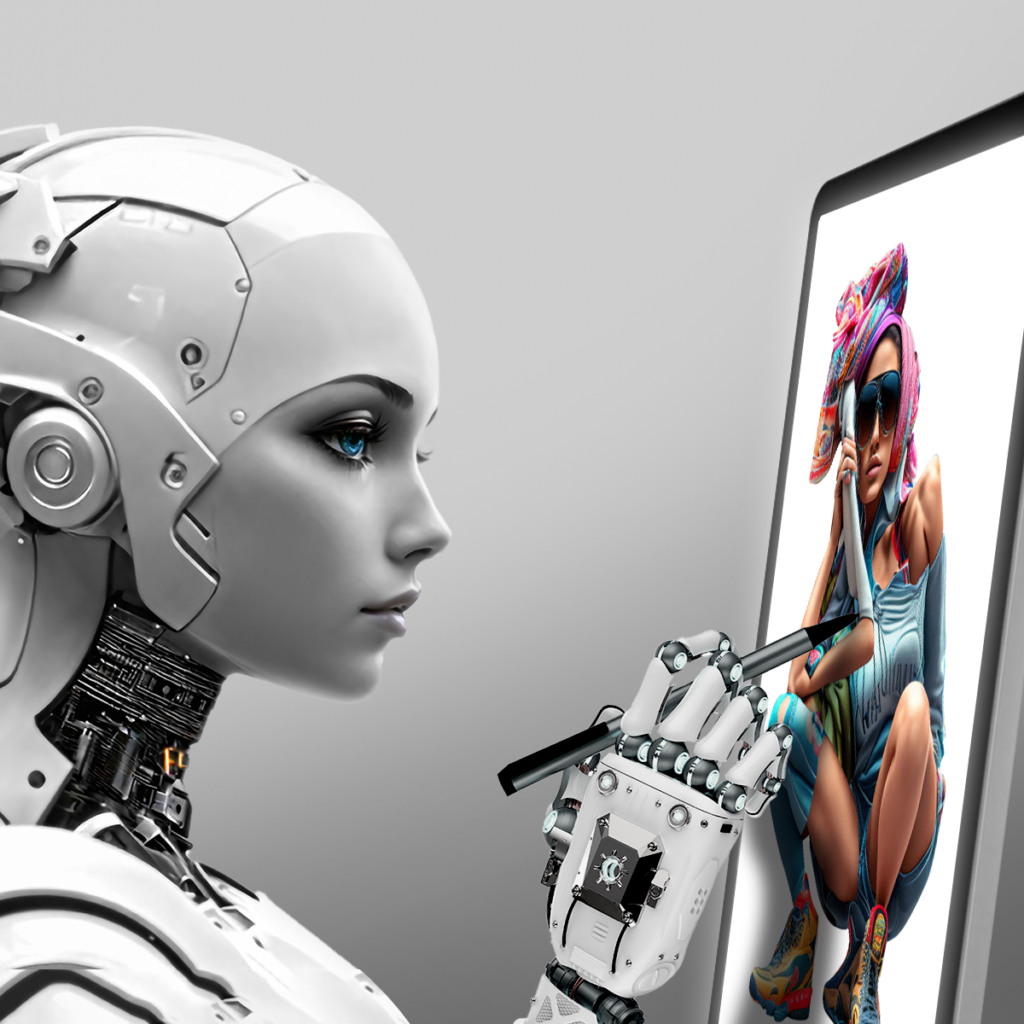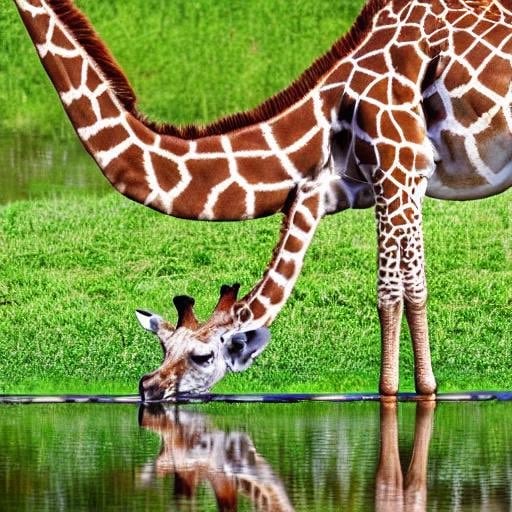
AI is deeply disrupting many professions right now, and it’s also being touted as the future of many industries. Over the past several years, there’s no doubt that AI has been advancing quickly. Writing, making data-driven predictions, and even creating art is now the norm for AI. But in all the excitement, are we missing the glaring details of what AI can’t do? In this blog, we’ll explore what AI doesn’t have the capacity for – at least not yet.
The Limitations of AI

Despite the significant advancements in artificial intelligence (AI) technology, there are still several things that AI can’t do for agencies and businesses.
- The human gap
First and most obvious, AI lacks the ability to understand human emotions and empathy, which are crucial for effective communication and relationship-building. We all know this, but we often forget how it plays into business. While AI-powered chatbots and virtual assistants can provide customer service and support, they cannot fully replace human interaction. Similarly, AI writing tools can’t peer into the customer’s experience and address their deeper questions and concerns.
- The creativity gap
Secondly, AI is not creative in the way humans are. It cannot come up with new ideas or generate original content without being trained on existing data. This limits its ability to create unique and innovative solutions, which are often critical for business success. Even the best AI content creation tools must pull from what humans have already created.
- The mind gap
Some say AI is smarter than a human, but this is only true in specific contexts, like calculating numbers. AI cannot replace the strategic thinking and decision-making abilities of human leaders. While AI can provide data-driven insights and recommendations, it cannot fully comprehend complex business situations and make decisions based on wisdom and experience. - The ethics gap
This is one that businesses are likely less concerned about when they’re streamlining tasks with AI. But it leads to a very slippery slope. If one of the biggest indicators of brand longevity is consumer trust, what does incorporating AI mean? We’re already seeing issues arise around data privacy, and AI is likely to open up several more cans of worms around ethics.
We’re in a world where things like equity and diversity are more important to consumers than ever before. But AI systems are only as unbiased as the data they are trained on. Thus they may not always make decisions that align with human values and principles.
AI has already been accused of perpetuating harmful stereotypes in various ways. The Amazon AI controversy was just one such incident. In another, AI was caught in a gender bias.
Can AI do graphic design?
If you’ve browsed around the internet, you’ve probably seen stunning examples of AI design recently. At its best, AI can create amazing images with the click of a button. We can see examples on all the big AI art platforms, like Nightcafe:


But if you clicked this blog, you’re probably curious about the other side of the coin – what AI can’t do. In the realm of design, there are several things to consider – especially if you’re looking to harness AI for a business or design project.
One of the biggest limitations of AI is that it’s hit or miss. What AI can’t do is consistently crank out graphics that are set to specifications. For every stunning design you see posted online, there are dozens of botched attempts at creating the same thing. We see this in many comedic AI design fails:


In other words, just because you type a prompt into an AI generator doesn’t mean you’ll get anything usable in return.
On a deeper level, AI can’t understand the context or purpose of a design. AI systems are only as good as the data they are trained on, and they can’t be counted on to get the intended message across. An AI-generated design may look visually pleasing but fail to evoke the desired emotional response from the audience.
Another way AI can mess up graphic design is by being overly formulaic and lacking creativity. AI-powered design tools often rely on pre-existing templates and algorithms, which can result in repetitive and uninspired designs that lack originality. This is particularly problematic for brands and businesses that want to stand out and differentiate themselves from their competitors. Even more worrisome in a legal sense, AI art generators have come suspiciously close to copying real artists’ work – a potential copyright issue in the future. Even bigger companies are already filing lawsuits.
Getting Started with AI
In conclusion, while technology can certainly streamline certain aspects of the creative process, there are plenty of qualitative things AI can’t do. An AI design tool will never know your brand guidelines or be able to create within a consistent theme.
If you want to test out AI’s capabilities, check out our articles on the best AI art creators and the best AI presentation tools to get started.
Get the best graphic design team on your side for a fraction of the cost of a full-time designer. See a demo of Penji.
About the author

Brianna Johnson
Brianna is a professional writer of 10+ years who specializes in branding, marketing, and technology content.









